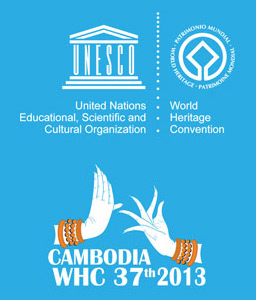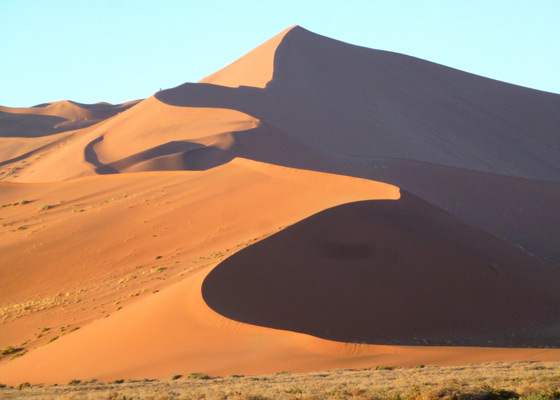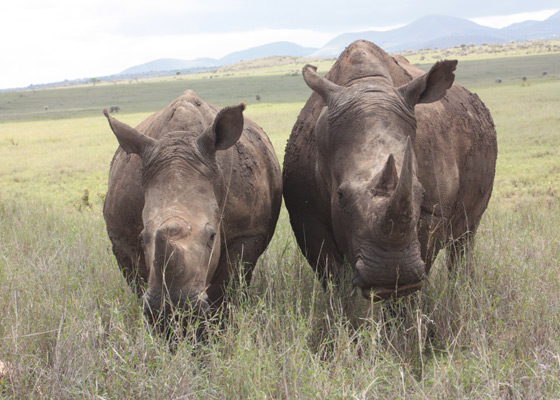Decision time for World Heritage
Phnom Penh, Cambodia, 16 June 2013 (IUCN) – UNESCO’s annual World Heritage meeting, which starts today in Phnom Penh, Cambodia, will see a total of 34 natural and cultural areas considered for World Heritage status. The World Heritage Committee will also review the state of existing World Heritage sites, including some that could be placed on the List of World Heritage in Danger. The ever-increasing number of iconic areas facing threats to their unique status puts the credibility of the World Heritage Convention at stake, according to IUCN.
IUCN, the advisory body on natural World Heritage, recommends five new sites for inscription on the list of Earth’s most outstanding places. These include the Namib Sand Sea, long identified as one of the main gaps on the List, the well-known Mount Etna in Sicily, Italy, and the geologically outstanding Tajik National Park of Tajikistan. IUCN experts also recommend accepting the nominations of El Pinacate and Grando Desierto de Altar Biosphere Reserve in Mexico and Xinjiang Tianshan in China.
As a constructive means of bringing support where it’s most needed, IUCN will recommend three natural World Heritage sites to be put on the Danger List. Virgin Komi Forests in Russia, Lake Turkana in Kenya and East Rennell in the Solomon Islands all face serious threats to their Outstanding Universal Value. The first two sites have been kept off the Danger List for the last two years, despite IUCN’s expert reports and recommendations.
“The World Heritage Convention conveys the highest expectations for the protection of our common cultural and natural heritage. We are committed to working with States Parties and all stakeholders to maintain the integrity of the Convention and strengthen its role as a flagship for best practice in global conservation”, says Julia Marton-Lefèvre, IUCN Director General.
In order to ensure that World Heritage status continues to provide overarching protection of these sites for future generations, IUCN is currently developing the first comprehensive global assessment of natural World Heritage. The State of World Heritage Report will be launched in 2014, in the run-up to the World Parks Congress in Sydney.
In addition, a new Gaps Analysis study, to be launched on 20 June, will provide guidance for shaping the World Heritage List in coming years. It aims to identify the most irreplaceable sites of outstanding biodiversity value that may merit inscription, using two IUCN knowledge products – the IUCN Red List of Threatened Species and the World Database on Protected Areas (WDPA).
“The effectiveness of the World Heritage convention is under the global spotlight,” says Tim Badman, Director of IUCN’s World Heritage Programme. “We at IUCN want to see it deliver fully on its conservation promise and ensure that World Heritage sites become beacons of excellence among the world’s protected areas.”
For more information or to set up interviews, please contact:
• Borjana Pervan, IUCN Media Relations, m +41 79 857 4072, e borjana.pervan@iucn.org






